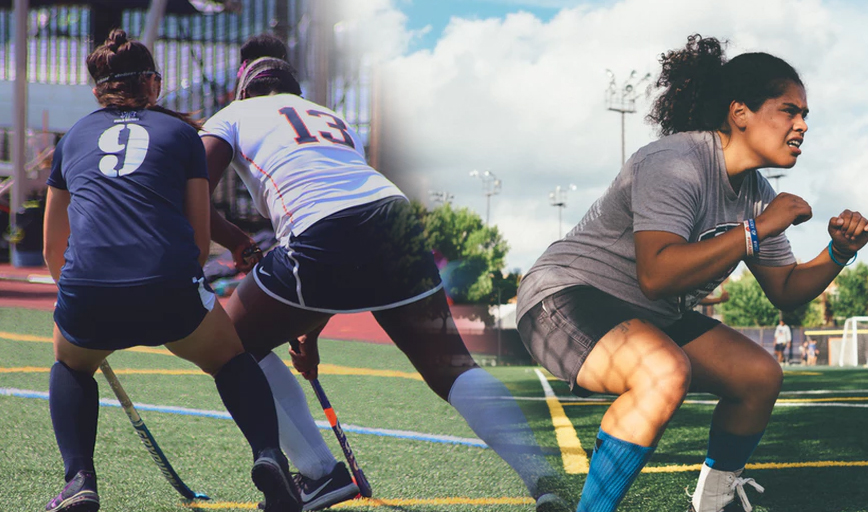Injuries in young athletes are on the rise, but elbow and shoulder injuries in children are on the verge of becoming an epidemic. Thousands of children are seen each year complaining of elbow or shoulder pain. Damage or tear to the ulnar collateral ligament (UCL) is the most common injury suffered and is often caused by pitchers throwing too much. This ligament is the main stabilizer of the elbow for the motions of pitching. When it becomes damaged, it can be difficult to repair and rehabilitate.
How Is A Concussion Diagnosed?
When concussion is suspected, a trained coach, certified athletic trainer, or the team physician should immediately perform an initial "sideline" evaluation, including:
- Symptoms list review
- Focused neurological exam
- Focused orientation exam that tests short-term memory recall such as the event, play, opponent, score or last meal
- Focused orientation exam that tests long term recall such as name, birth date, place of birth
- Assessment of athlete's ability to stay attentive to a complex task such as reciting months backwards
What Are The Signs/Symptoms Of A Concussion?
Concussion symptoms include the following:
- Balance problems
- Difficulty communicating, concentrating
- Dizziness
- Drowsiness
- Fatigue
- Feeling emotional
- Feeling mentally foggy
- Headache
- Irritability
- Memory difficulties
- Nausea
- Nervousness
- Numbness or tingling
- Sadness
- Sensitivity to light or noise
- Sleeping more than usual or difficulty falling asleep
- Visual problems - blurry or double vision
- Vomiting
When Is It Safe To Return To Play?
All athletes who sustain a concussion-no matter how minor-should undergo an evaluation by a qualified healthcare provider before returning to play. Athletes can return to play after they are completely free of all symptoms of a concussion and remain symptom free during and after physical testing.
Unfortunately, it is difficult to determine if the brain has healed from a concussion; even after all symptoms have resolved, healing may not be complete. Neurocognitive testing can be a very helpful tool in determining brain function. With a comparison to a baseline test, this evaluation can be used in conjunction with a physician's examination to reduce future risks.
Baseline testing collects data on an athlete's cognitive and physical abilities prior to suffering the concussion. Baseline testing can include a neurocognitive evaluation (usually by computer) that tests multiple areas of brain function, including memory, problem solving, reaction times, and brain processing speeds. Symptom checklists, sideline assessment tools such as the Sideline Concussion Assessment Tool (SCAT), and balance testing are other examples of baseline evaluations that may be helpful.

